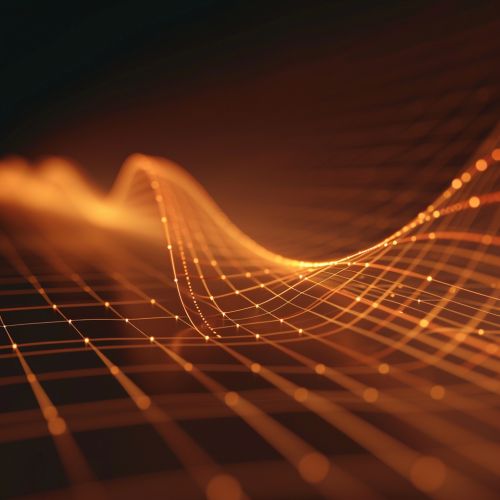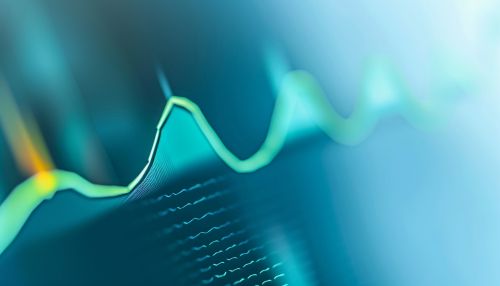Continuous function
Definition
In mathematics, a continuous function is a function for which, intuitively, small changes in the input result in small changes in the output. Otherwise stated, the function graph is unbroken. The word "continuous" means unbroken or uninterrupted, and the same concept holds here.
Formal definition
In calculus, a function is called continuous at a point a of its domain if the limit of f(x) as x approaches a through the domain of f equals f(a). This can be stated symbolically as follows:
- If a is a limit point of the domain of f,
- f is continuous at a if and only if
- \(\lim_Template:X \to a f(x) = f(a)\).
Properties and characteristics
Continuous functions have many properties that make them fundamental in mathematical analysis. These properties include the Intermediate Value Theorem, the Extreme Value Theorem, and the Bolzano-Weierstrass Theorem.


Types of continuity
There are several types of continuity that a function can possess, including pointwise continuity, uniform continuity, and absolute continuity.
Pointwise continuity
A function f is said to be pointwise continuous if it is continuous at every point in its domain.
Uniform continuity
Uniform continuity is a stronger form of continuity than pointwise continuity. A function f is uniformly continuous if, given any positive number ε, there exists a positive number δ such that for all pairs of points x and y in the domain of f, if the distance between x and y is less than δ, then the distance between f(x) and f(y) is less than ε.
Absolute continuity
Absolute continuity is an even stronger form of continuity than uniform continuity. A function f is absolutely continuous on an interval [a, b] if for every positive number ε, there exists a positive number δ such that whenever a finite sequence of pairwise disjoint sub-intervals of [a, b] has total length less than δ, the sum of the absolute values of the differences between the function values at the endpoints of these sub-intervals is less than ε.
Continuity in topology
In topology, continuity is defined in terms of pre-images of open sets: a function f from a topological space X to a topological space Y is continuous if the pre-image of every open set in Y is open in X. This definition is equivalent to the definition in terms of limits for functions on metric spaces.
Continuity in complex analysis
In complex analysis, a function is continuous if it is continuous in the real and imaginary parts separately. That is, a function f is continuous at a point z in its domain if, for any sequence of complex numbers {z_n} that converges to z, the sequence {f(z_n)} converges to f(z).
Continuity in functional analysis
In functional analysis, a function between two topological vector spaces is continuous if it preserves the topological structure. That is, a function f from a topological vector space X to a topological vector space Y is continuous if, for every neighbourhood V of f(x) in Y, there exists a neighbourhood U of x in X such that f(U) is contained in V.
